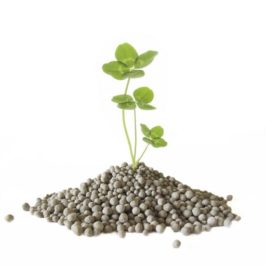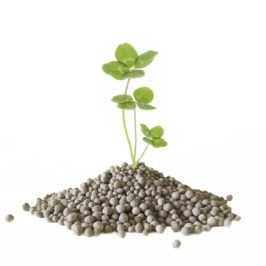Continued from Part One
I’m writing this series because fertiliser is one of the largest expenses on the farm and I strongly believe that as a farmer you should take ownership of your soil test, after all it’s your farm. You owe it to yourself to be able to look at your soil test, along with any fertiliser recommendation, and decide “Does it make sense”? If you don’t understand the recommendations then ask questions until it does, remember it’s your money!
It will definitely help if you have one of your recent soil tests to refer to as I continue where I left off in part one where we covered pH, Olsen P, Resin P and Total P.
Potassium, (K); Calcium, (Ca); Magnesium, (Mg); and Sodium, (Na)
The K, Ca, Mg and Na that is extracted from the soil sample by the laboratory, is the portion of that mineral that is generally regarded as being the “plant available” portion. After carrying out the chemical extractions, the laboratory then has a measured weight for each of these elements as well as the weight and the volume of the soil that they extracted it from. Now they need to present those results in a meaningful way.
On most laboratory soil tests, the quantities of K, Ca, Mg and Na obtained from the above extractions are reported in different ways on the same soil test report. It is important to note that the laboratory does only one chemical extraction for each of the minerals but reports the quantity found in three different ways. Usually one of these three reporting methods is graphed against an optimum range. The result that is graphed will be the one the laboratory has been asked to graph by the submitter of the soil sample, or, perhaps it’s the laboratories choice. The results that are not graphed will appear somewhere else on the soil test report. Sometimes this will be as a row of figures directly below the graph section, or in a table of figures on a separate page. Just because the laboratory has not graphed these results it does not mean that they are not important or useful.
The first method
The first method that the laboratory uses to show their results are as a ‘weight of the mineral’ extracted, compared to the ‘weight of the soil’ it was extracted from. These weight-to-weight results are reported as me/100g, (milliequivalents per 100 grams of soil). These figures are used to determine if there is sufficient weight of the mineral in the soil to support healthy plant growth. In the case of Calcium a weight of between 6 and 12 me/100g is considered to be adequate for most plant growth requirements. This is the report that is most often graphed.
The second method
The second method that the laboratory uses to show their results is as the “weight of the mineral” that was extracted, compared to the “volume of the soil” it was extracted from. These weight-to-volume results are reported as MAF units. Note the only difference is that this is a weight-to-volume result instead of the weight-to-weight result above. Because these results also indicate the weight of the mineral that was extracted, they can also be used to determine if there is enough of the mineral in the soil to support healthy plant growth. There are calculations that can be used to convert between me/100g and MAF units. The method used to determine your fertiliser requirements, comes down to the personal preference of the person making your recommendation.
To recap, both methods described above, are reporting the same thing and either can be used to determine if there is enough of that mineral in the soil for healthy plant growth.
The third method
The third method of reporting the soil content of these minerals is as Base saturation percentages. Because the Total Base saturation and soil pH test results are very strongly linked, and as pH test results tend to show more seasonal variation than Base saturation results, Hill Laboratories, (NZ’s largest independent soil testing laboratories), regard using Base saturation as a more reliable method to determine Liming requirements than the pH test result on its own. Hill Laboratories technical paper shows that a Total Base saturation of 75% will give a pH near 6.3, (dependant on soil type).
There are two types of Limestone available in New Zealand; these are Calcium carbonate, (Limestone), and Magnesium carbonate, (Dolomite). Regardless of whether there is sufficient Calcium or Magnesium in the soil for plant growth, the Calcium and Magnesium Base saturation results are used to determine which type of Limestone would be the most appropriate to raise soil pH. It’s important to note that it’s the carbonate content in the Lime that raises the soil pH and not the Calcium or Magnesium and these minerals are left behind in the soil as a result of raising pH. Next – CEC and Base Saturation
To be continued…
Andrew de Lautour. PFP Fertilisers Ltd.©
For further information or a sample pack phone us on (06) 858 5235


